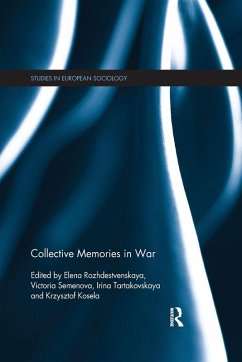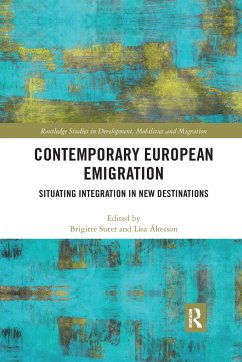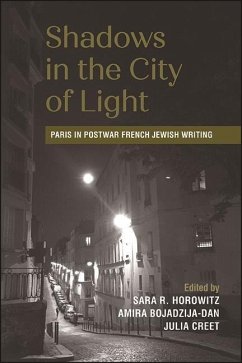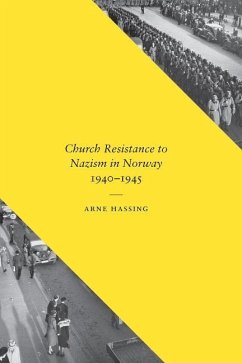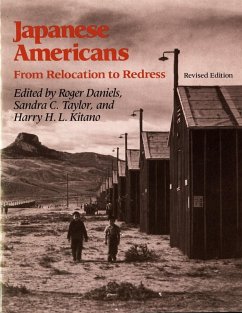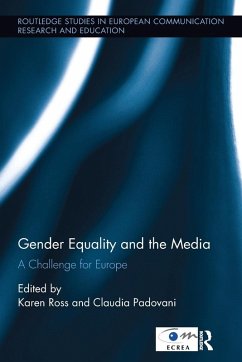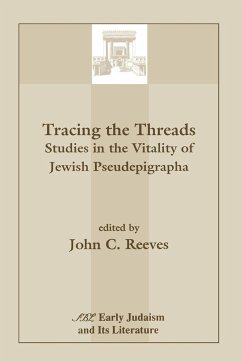
Tracing Topographies
Revisiting the Concentration Camps Seventy Years after the Liberation of Auschwitz
Herausgeber: Pettitt, Joanne; Weiss, Vered
Versandkostenfrei!
Versandfertig in über 4 Wochen
58,99 €
inkl. MwSt.

PAYBACK Punkte
29 °P sammeln!
Seventy years on from the liberation of Auschwitz, this book traces the relationship between Nazi-occupied spaces and Holocaust memory, considering the multitude of ways in which the passing of time impacts upon, or shapes, cultural constructions of space.





